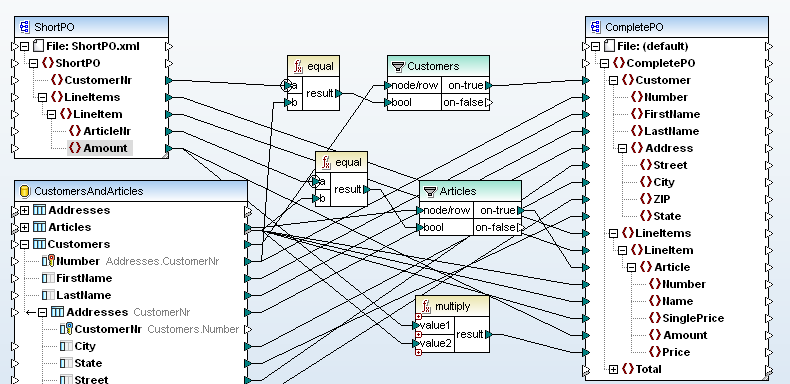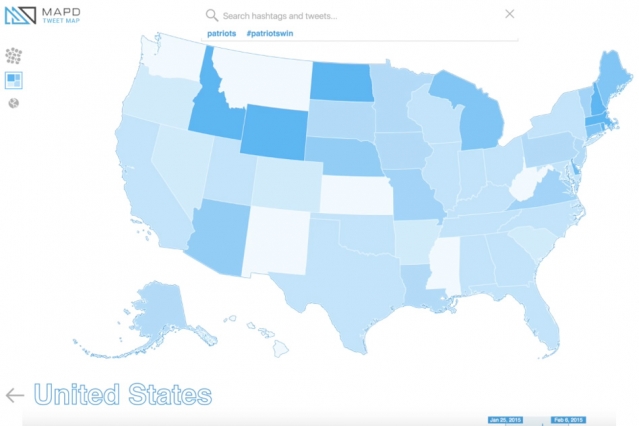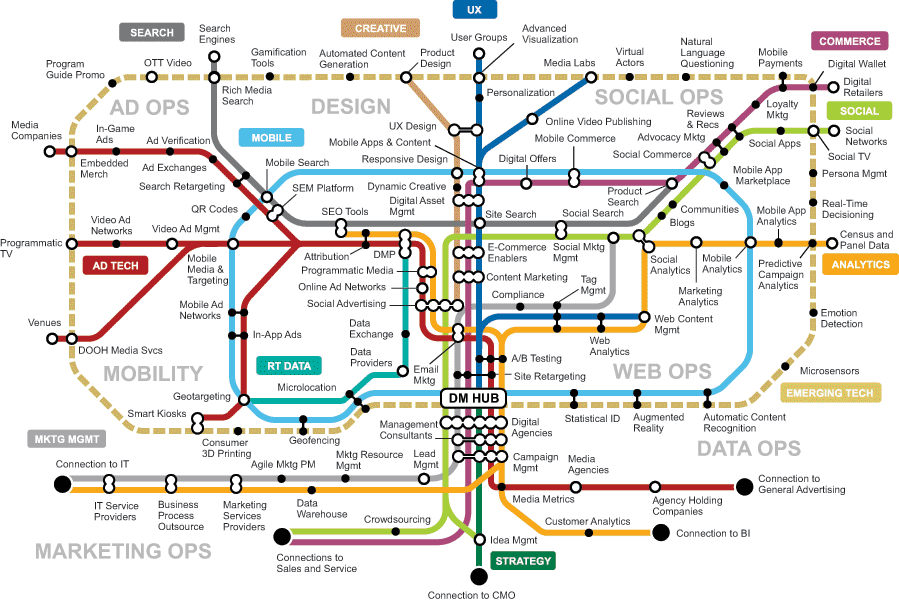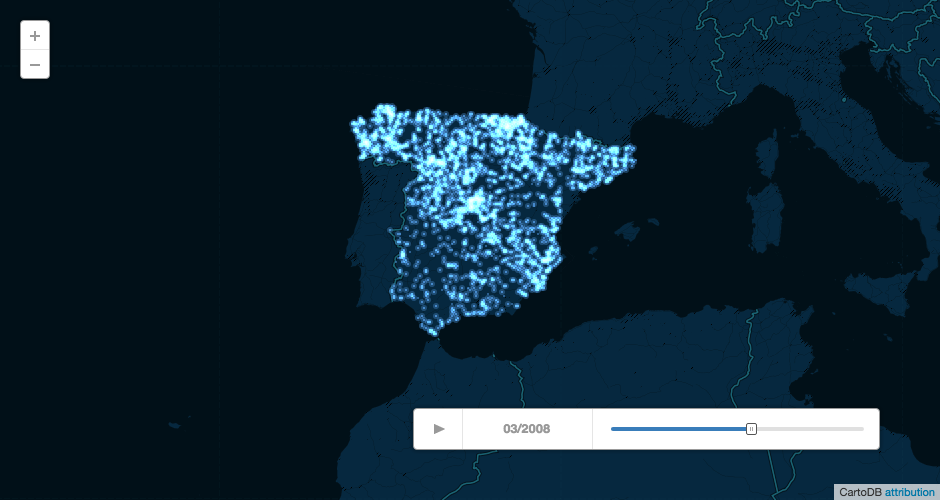In 2019 Big Data is has become a household name, everyone know and understands that the information we give the internet reaches companies.
We know that a lot of that data is given while doing segmentation on Facebook, Google and other publishers
But, how do we put together all the data when it arrives raw to our hands?
With the help of Data Mapping, of course.
What is Data Mapping?
As we know, Big Data is all the user info that a brand can compile from
The objective is to find opportunities that will give you an advantage over the competition. However, information only has a value if you can make sense of it.
Data mapping is the mechanism that takes data from the source and organizes it in a server by grouping the types of daya we get.

The benefits of organizing
Let’s say we have to choose an outfit that makes us look great and we have about 1000 choices in a basket, all together, and more keep coming every 10 minutes.
It’s impossible to choose something among so many options all together on the same place. What we’d have to do is group things in special drawers for each kind of clothing.
In this case, clothes are data. We take each one and put it in its place, in a way that makes the database easily understandable.

Now, essentially this is a way of looking at the full picture to identify small problems before they become huge. For example, having many data sources that are not delivering correctly, making it unreadable for the destination, leading to loss of data.
Then, looking at the big picture, we realize quickly which data is getting lost in the way, why it’s
The greatest risks when compiling data are: losses, duplicates or simply incomplete data.
Quality data obtained through mapping make way for effective analysis, and effective analysis can help us make good decisions, planned with the speed and confidence we need nowadays.

Obstacles of Data Mapping
Like every data process, there is a bit of a learning curve that can bring a negative outcome.
- Inaccuracy. All human processes have a percentage of error. Errors can give us false insights that are useless to your team.
- Time waste. Keeping your back-end team double checking time and again the data that comes into your server only adds unnecessary work to a team that’s already at full capacity
- Changes. Data mapping is not a
one time thing. Information, reports, processesand systems change constantly and they can make your previous mapping obsolete.
How do you do Data Mapping?
There’s no one way to do Data Mapping, each company will tell you the one that works better for them. As is the norm on anything that concerns data, the best way is the one that works for your particular brand.
Generally, though, we find one of these three ways:
- On location: data processing within the company will always feel safer, more accessible and controlled. However, doing it this way can be very hard to handle and it ends up being too expensive on account of hardware, software and compiling equipment. It is only recommended if you require almost instant access to your data.
- Open source. Open source tools can be more effective in relation to the cost. Using the most updated code bases could be a much more efficient and trustworthy way, but you still need a high level of coding knowledge to apply it right.
- Cloud based. This is the most efficient for today’s needs.
Cloud based databases are made to be fast, flexible and scalable. The cloud can adapt to different changes ofscheme without slowing down or losing data and they generally come with tech support included
Organizing in favor of introspection
As we said, mapping is what allows us to look at data in an organized and controlled way. You can practically see where it’s lacking and where it’s just too much and adjust your collection sources to your own benefit.
There are even some people that can do real-time mapping with every piece of info that comes in.

Finding the point where data works with our objectives is the most difficult part of any research campaign. Data mapping can help us get to that point efficiently and accurately.
Who doesn’t like to have their stuff organized?
sources:
www.dzone.com
tech.co
www.hausmanmarketingletter.com

